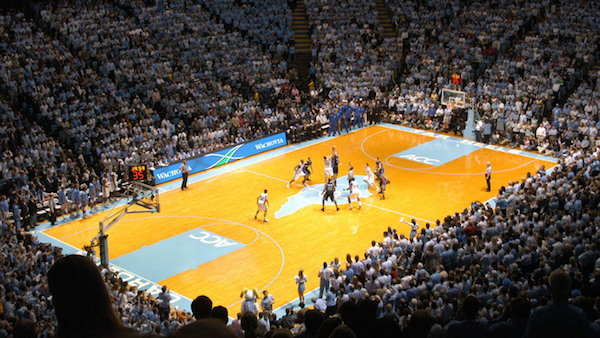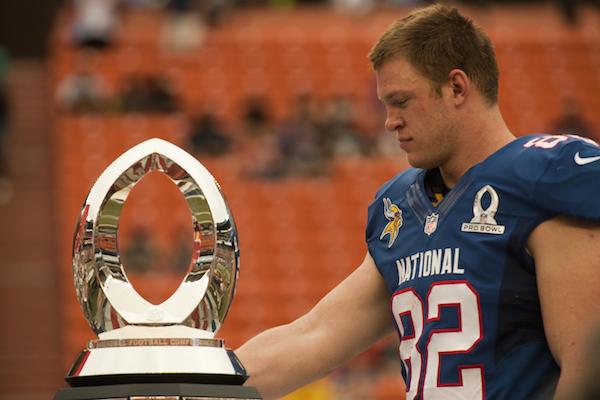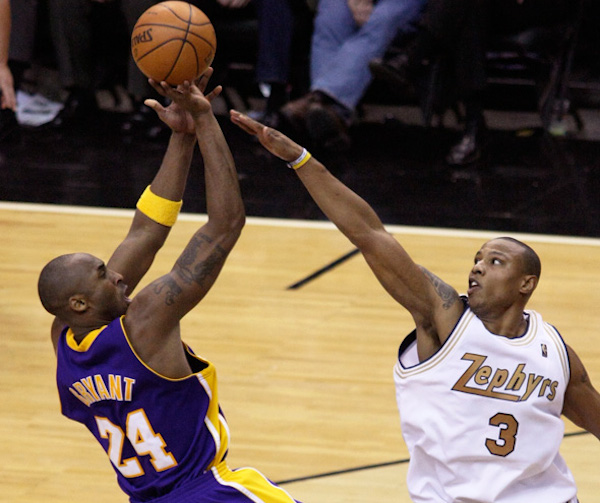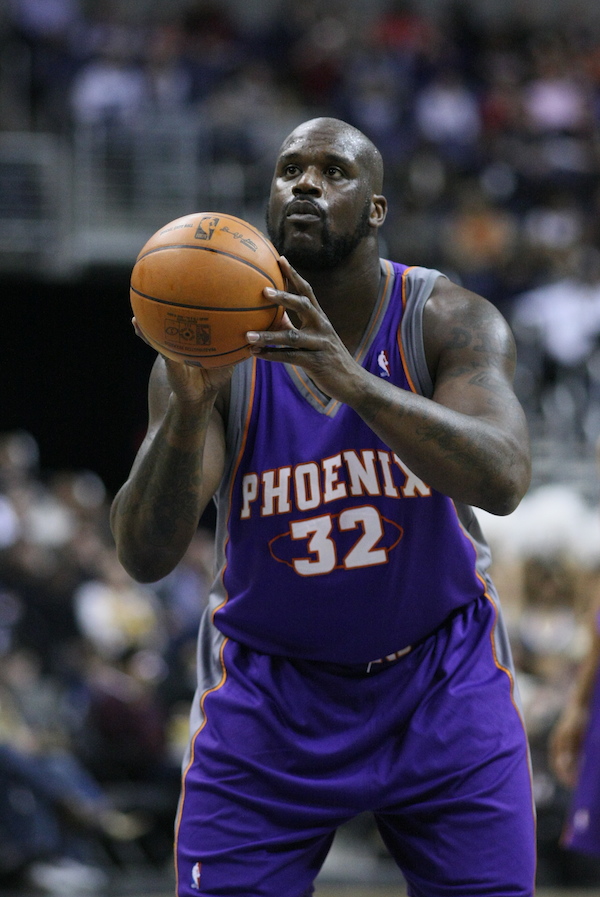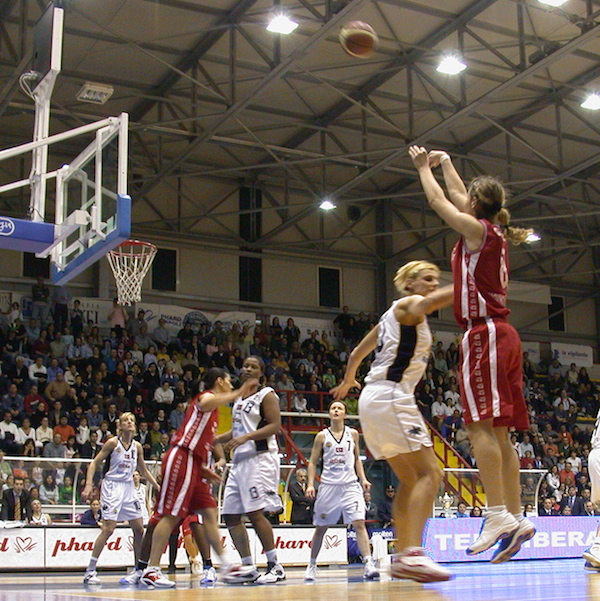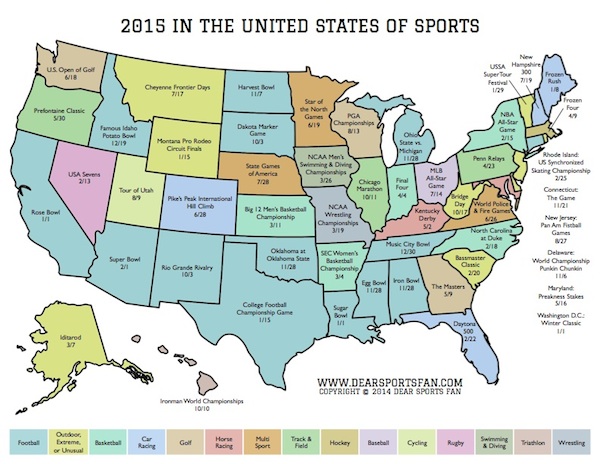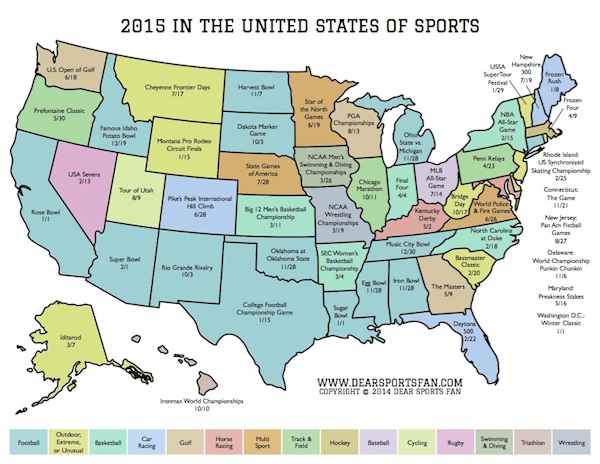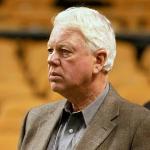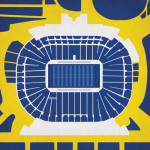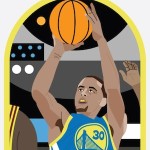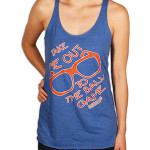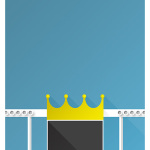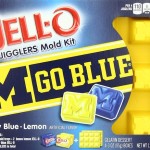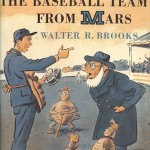Yesterday I was listening to the most recent episode of Bill Simmons’ BS Report podcast. This was a multi-part episode with Simmons interviewing a number of NBA figures, including Miami Heat starter Chris Bosh. Bosh was a member of the so-called Big Three in Miami along with LeBron James and Dwayne Wade, who went to four straight NBA Finals and won two. Bosh and Simmons were discussing a pivotal moment in the Heat’s 2012-13 Championship run – a last second, game tying three point shot by Ray Allen. Simmons and Bosh, sports writer and player alike were marveling at Ray Allen’s obsession with practice. Allen, they said, was perhaps the only person in the NBA who had actually practiced, over and over again, the precise footwork and body positioning required for that exact situation.
Before we get to what they said about it, let’s set the scene quickly for those of you who don’t know the moment they’re talking about. The NBA Finals is a best four out of seven game series. The San Antonio Spurs were up three games to two entering into the sixth game. After three quarters, the Spurs led 75-65. A ten point lead is not insurmountable, but it’s not easily dismissed either. The pressure had to have been enormous on the Heat. They were at home, in Miami, knowing that if they lost this game, they would lose the series and their season would be over. With nineteen seconds left, the Spurs were clinging onto a three point lead but Miami had the ball. Their best player, LeBron James, took a three point shot to tie the game but it hit the rim and did not go in. Chris Bosh, the subject of Simmons’ interview, was in the right spot and grabbed the rebound. As he caught the ball, his teammate Ray Allen who was also trying to get the rebound, was in virtually the same spot on the floor as him, in the paint, right near the basket. As Allen sees Bosh catch the ball, he quickly takes four or five running steps backwards, without turning his body from Bosh. Bosh passes Allen the ball. Allen Catches as he is running backwards, stops right in the three feet or so of room between the three-point line and the out-of-bounds line, and without touching either, he shoots the ball and makes a three point shot to tie the game. It’s an amazing play. Watch it here:
Now back to the BS Report. Here’s how the conversation went:
Chris Bosh: You never know when you’re gonna shoot a back-pedal three in the corner.
Bill Simmons: I really think it was the greatest shot ever because I think he’s the only person who would ever practice the footwork it took to go backwards and not go out of bounds. I don’t even know who else would have thought to practice that.
Bosh: That showed me that you should work on everything because you never know when you’re gonna have to use it or when you’re gonna have to go in your bag and say hey I’ve practiced this a million times and to have the body recognition and the muscle memory to actually do it.
With all respect to Simmons and Bosh, who together know a hundred times more about basketball than I do, I think their conclusion is just slightly off. What they believe they’ve learned from this is that, really, you should practice everything, just in case you need it. That’s simply not practical. You and I don’t have time to practice everything we be called on to do. As a writer, I could practice writing haiku, sonnets, long-form narrative pieces, interviews, criticism, novels, short-stories, plays, and skip codes, but I don’t have time to do that, nor would I get very good at any of it if I practiced all of it.
Ray Allen did something more clever than practice everything. He considered his own strengths as a basketball player and his role within the team and then did a better job than most at figuring out what might be required. Once he figured out what that set of activities was, he practiced them with a discipline and regularity unknown to most. That practice helped him not just in making the shot but also in identifying what he had in his repertoire that would fit the situation. The fact that he identified how he could help his team in this particular situation (run backwards to the corner so that if Bosh passes me the ball, I can shoot a shot I know I can make) is just as necessary and remarkable as the fact that he made it.
The lesson of perhaps the greatest shot in NBA history is this: identify what you might be called upon to do; practice those behaviors obsessively so that you can identify and execute at the perfect moment.


